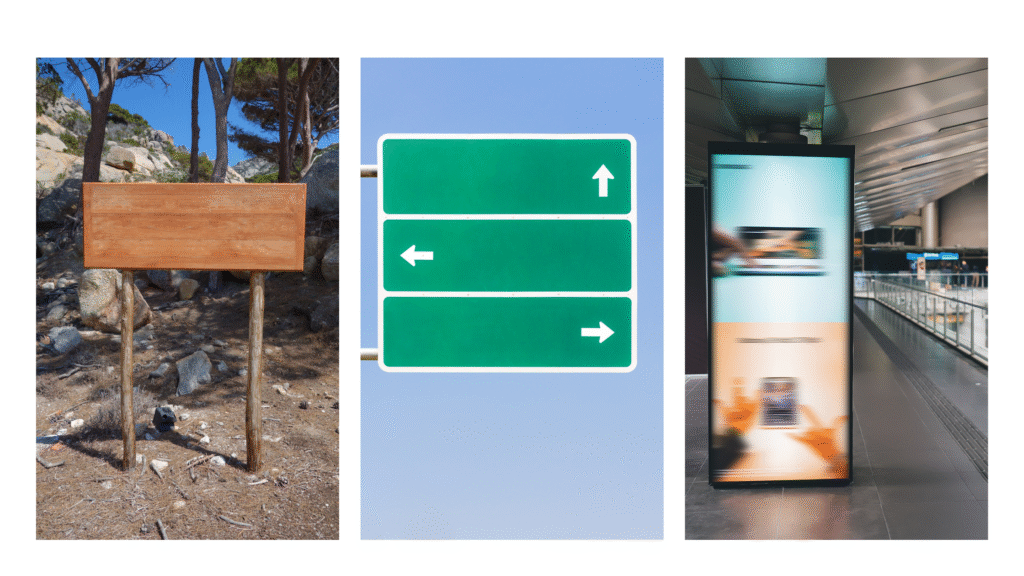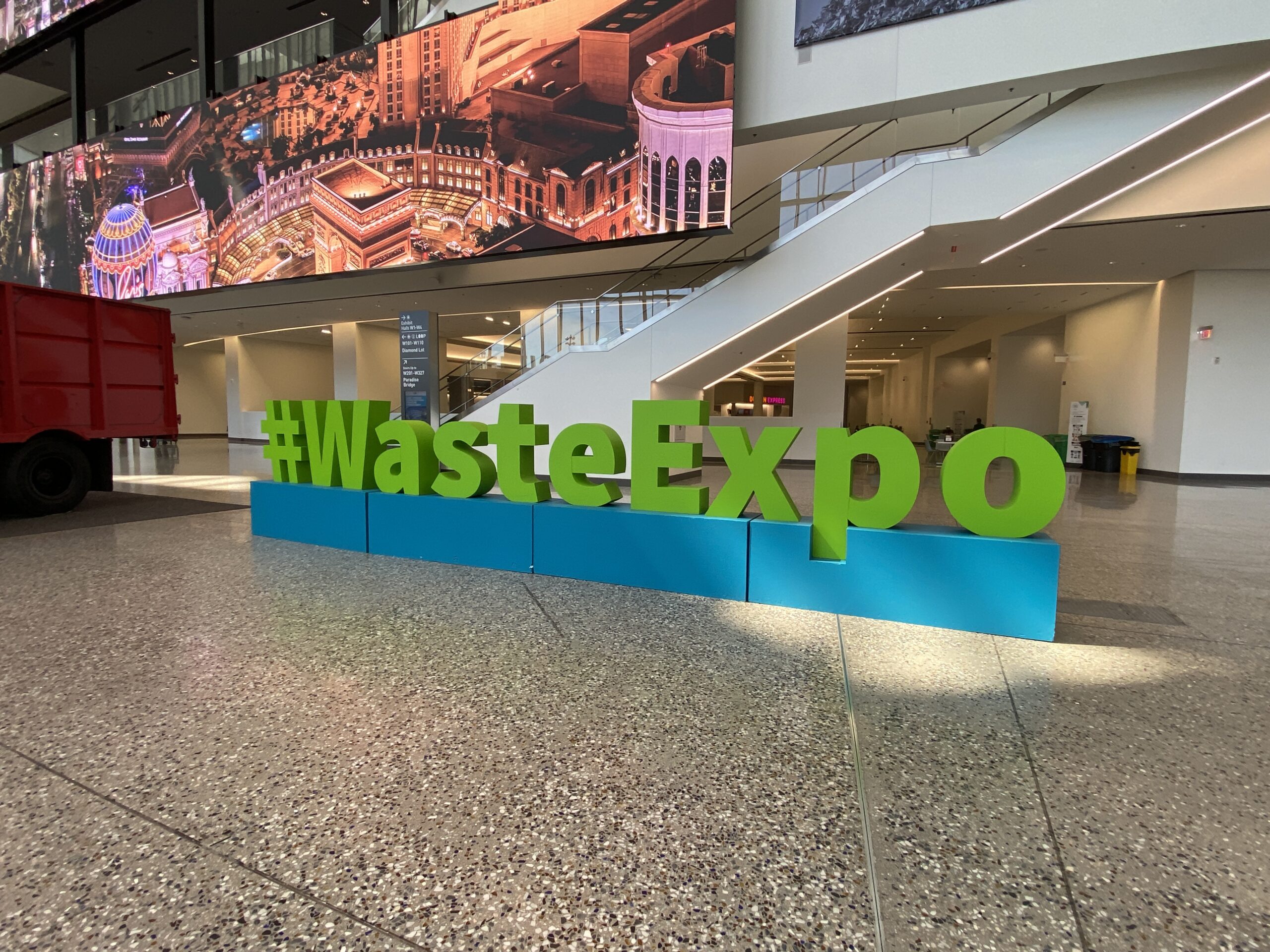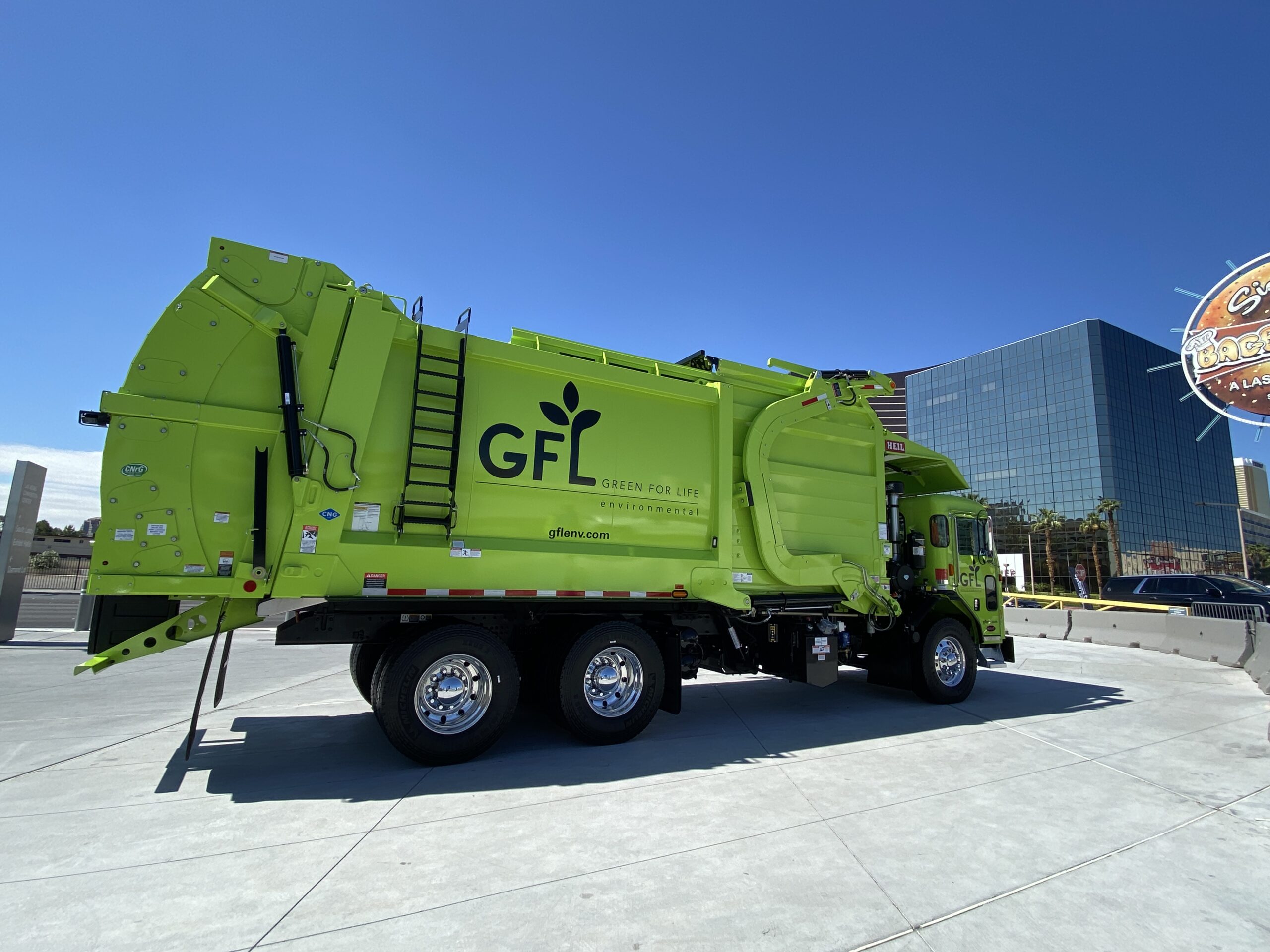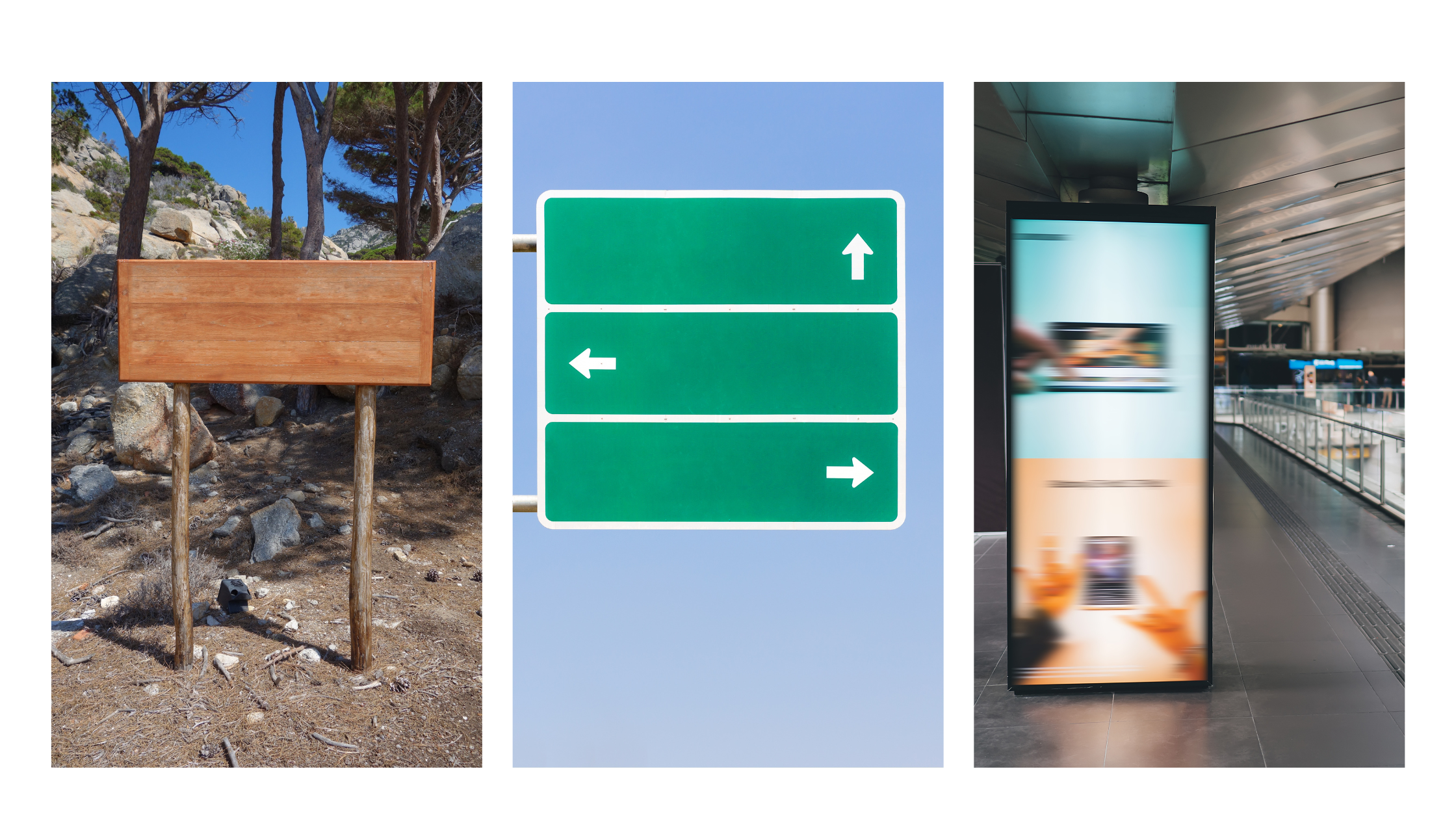Every event needs signage: Go here! The restrooms are there! The conference is in Room A. Your seat is located in Section B. However, most signage is made of plastic, particularly if the event is outdoors, and as we know, plastic is particularly problematic for planet Earth.
So what alternative options exist? Many, actually. While plastic has many ideal properties—its resilience against the elements, its malleability, its ability to be manufactured in any and all colors—there are plenty of eco-friendly options that are better for the environment and can actually be better for you wallet as well. What you choose depends on several factors: whether your event is indoor or outdoor, whether it’s a one-off or a recurring/annual affair, what aesthetic you are going for, how the venue is constructed and what kind of staffing budget you are working with.
The five common features of sustainable design include minimizing non-renewable energy consumption, reducing waste, using environmentally regenerative or degradable products, protecting and conserving water, and improving air quality.

As far as alternatives go, here are a list of options:
FABRIC BANNERS
Fabric banners are better than vinyl. Vinyl is a form of plastic and plastic never degrades. Vinyl production creates toxic wastewater and greenhouse gas emissions. Vinyl’s impact is mostly in creation and in destruction. If you are using the sign over and over again outdoors, then vinyl and nylon may make sense, but for indoor events or outdoor events on sunny days, sustainable fabrics might fit the bill. Hemp, linen, organic cotton, bamboo viscose, recycled fabrics and polyester are all better options than petroleum-based textiles. Soft knit for tension fabrics and table throws are perfect if you want to avoid creating microplastics that simply wind up in our water and in our ecological systems.
DIGITAL
Digital saves on physical resources but relies on energy-intensive data centers that contribute to global warming. If you have a lot of information to pass on the your attendees, then creating an app can be very effective and efficient since most attendees are using their smart phones anyway. Apps can include basic information, provide a QR code for admission, offer maps and floorpans with lists of activations or vendors, and can incorporate geofencing to help patrons find their way.
WOOD/BAMBOO
Bamboo is a highly regenerative resource and completely biodegradable. Wood can be treated properly to make it resilient to rain, and it can be reused and repurposed during its life cycle. Bamboo can also be processed into fabric and paper upon which color photos and graphics can be printed. Wood which requires logging which leads to deforestation is not ideal unless the signage is there permanently, whereas bamboo regenerates relatively quickly. if you are going to go with wood and it needs to be outdoors, make sure that it is weather-resistant and durable so that it lasts.
METAL
Almost 99% of all metal produced is recycled. The global scrap metal market generated $407.02 billion in 2023. Metal signage makes the most sense if you have a recurring event, if the event is indoor (or if it’s treated to be able to be outdoors and doesn’t rust like road signs although this decreases its environmental score), and if it’s built into the venue (due to cost). That said, you can print any colors on it, it’s durable, and its better than plastic.
CARDBOARD
Cardboard includes lots of kinds of paper-based materials aside from corrugated cardboard which is omnipresent for shipping packages. Although you can absolutely create signs with corrugated cardboard and lovely penmanship. there are also companies like SmartPress which make honeycomb cardboard signs which are rigid, durable, printable, and come in sustainable formats. Other kinds of heavier sustainable paper products like rigid paper board and Enviroboard can also be nicely printed. This works indoors and outdoors so long as you are expecting sunny days with minimal weather.
STAFFING
Having dedicated staff for an information booth as well as well-educated staff in all areas of the event footprint with distinct uniforms and name tags can help patrons as well. Educating your staff arms them with the knowledge to point out where to find parking, shuttles, restrooms, food, trash bins, seating, conference rooms, etc. Whether or not the staff are there for security, food service, ushering, or any other function, everyone should have the same basic knowledge so that information is both thorough and consistent. That way if anyone asks a venue or event-related question, they will not only get an answer but they should get a consistent answer no matter who they ask. This is why the pre-event meeting is critical for streamlining your logistics.
Signage is a critical way to impart information from critical emergency exits and first aid sites to important locations like water, food, and restrooms, to simple instructions to help attendees have a safe and fun experience. Vinyl and plastic banners have become de rigeur in the industry and some sign manufacturers are now finding ways to recycle used plastics into newer products to promote landfill diversion. This, at the very least, prevents old plastics from winding up in soil and waterways or burn pits which has its own health and environmental consequences, but the more we wean ourselves from our addiction to petrochemicals, the better off we will be.
If you want to improve the environmental footprint of your event, POPUP CLEANUP can help you strategize to reduce your waste and keep your venue clean.


